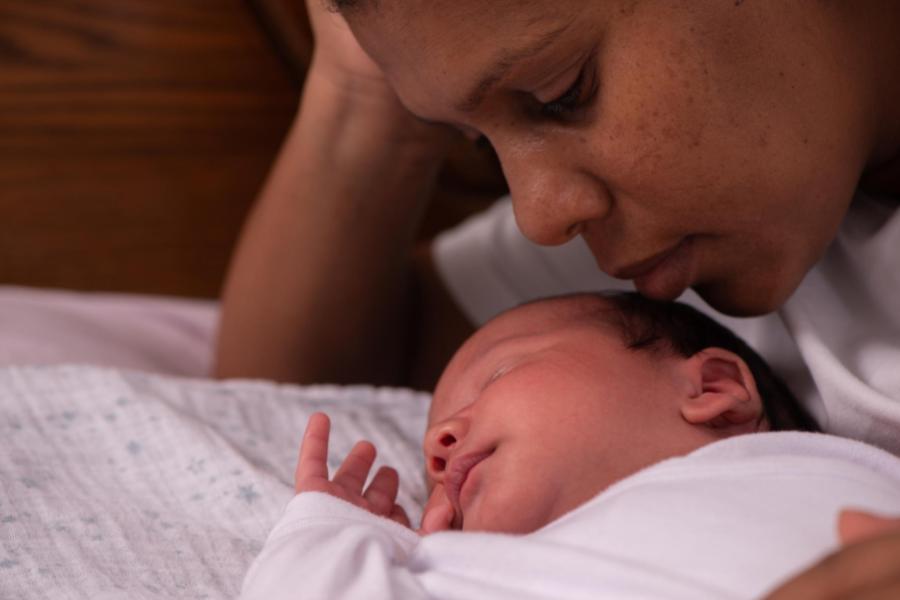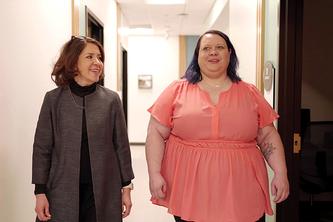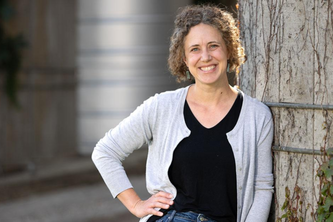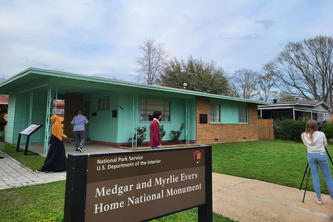
In Minnesota, babies of U.S.-born Black pregnant people suffer twice the rate of low-birth weight and other adverse birth issues as their white counterparts. University of Minnesota School of Public Health (SPH) researchers recently examined the role structural racism plays in harmful birth outcome disparities and found it’s an extensive problem statewide.
SPH researcher Tongtan (Bert) Chantarat led the study published in Health Services Research. The study was co-authored by Rachel Hardeman, SPH associate professor and Blue Cross Endowed Professor of Health and Racial Equity, and director of the Center for Antiracism Research for Health Equity at the SPH, and David Van Riper of the Minnesota Population Center.
Prior research has examined racial birth disparities in geographic areas using single-dimensional measures of structural racism, such as housing segregation or income inequity. However, analysis using only a single measure can fail to reveal harmful structural racism or the combined effects of multiple factors in a community.
To account for the various influences, the SPH researchers used an analytical approach they developed called the Multidimensional Measure of Structural Racism (MMSR). The MMSR roots out structural racism by measuring a community's level of residential segregation, educational inequity, employment inequity, income inequity, homeownership inequity, criminal justice inequity, and how those factors interact.
To understand how structural racism harms pregnant people, the researchers deployed the MMSR using 2017 demographic data from the American Community Survey, incarceration information from Vera Institute of Justice and 2018 birth outcomes data for nearly 50,000 babies from the Minnesota Department of Health.
The study found:
- Three distinct patterns of structural racism within Minnesota communities: Type A communities have high education, income and criminal justice inequities, moderately high residential segregation and homeownership inequity, but low employment inequity. Type B areas have high education, employment and homeownership inequities, but moderately high levels of residential segregation, income and criminal justice inequities. Type C neighborhoods have high income inequity, are moderately high on residential segregation, employment, homeownership and criminal justice inequities, but are low on education inequity.
- The risks of preterm birth, low birth weight and small-for-gestational-age instances for U.S.-born Black pregnant Minnesotans were always higher than for their white counterparts regardless of the type of communities in which they lived during pregnancy.
- The risks among U.S.-born Black pregnant people did not vary significantly across the area types.
- When structural racism was viewed in its totality, it had statistically equivalent harms on Black babies no matter where they lived in Minnesota.
"If you look at structural racism from just one angle at a time, you miss the full impact on health," said Chantarat. "For example, if you only look at income inequality, you might think, 'Oh, this area in Minnesota has low income inequity, so it must be an OK place for U.S.-born Black pregnant people to live.' But that just isn't the case. When you look at the full picture of structural racism, there is no place in Minnesota where the birth outcomes of Black pregnant people are equal to their white peers."
The authors said the results affirm that structural racism is multidimensional, which means antiracist solutions need to be multidimensional, too, such as implementing policies that raise employment, income, and home-ownership among Black residents. The researchers call on policy makers to take their findings into account as they work to improve the health of Black Minnesotans through systemic reform.
This project was funded by the Robert J. Jones Urban Research and Outreach-Engagement Center, University of Minnesota. Additional support was provided by the Minnesota Population Center, which is funded by the Eunice Kennedy Shriver National Institute of Child Health and Human Development.
-30-
About the Center for Antiracist Research for Health Equity
To combat racism and enact lasting change, the University of Minnesota School of Public Health (SPH) established the Center for Antiracism Research for Health Equity (CARHE). Created in 2021, CARHE researchers use revolutionary research techniques to explore how systems, policies, social structures and historical influences create the conditions for health inequities rather than placing the responsibility solely on individuals. CARHE produces antiracist findings, changes narratives, produces equitable policy solutions and influences community interventions. Funding for CARHE is provided by Blue Cross and Blue Shield of Minnesota.
About the School of Public Health
The University of Minnesota School of Public Health improves the health and wellbeing of populations and communities around the world by bringing innovative research, learning, and concrete actions to today’s biggest health challenges. We prepare some of the most influential leaders in the field, and partner with health departments, communities, and policymakers to advance health equity for all. Learn more at sph.umn.edu.
- Categories:
- Health
- Equity and Diversity
- Health policy




